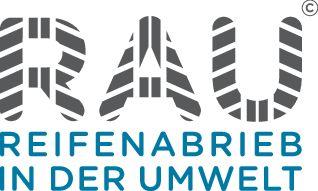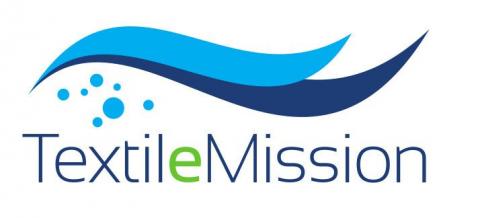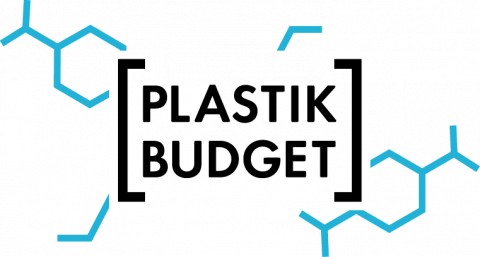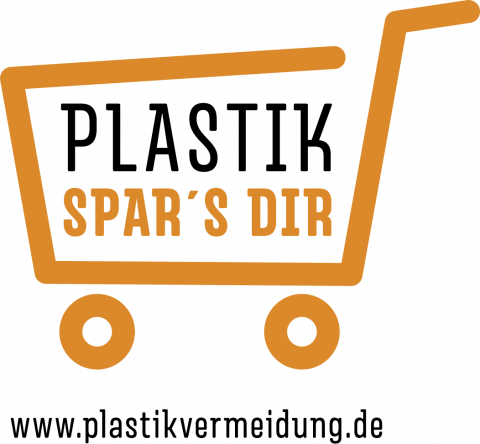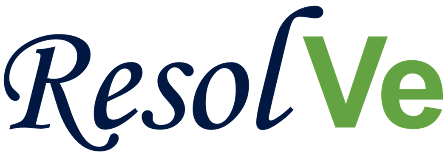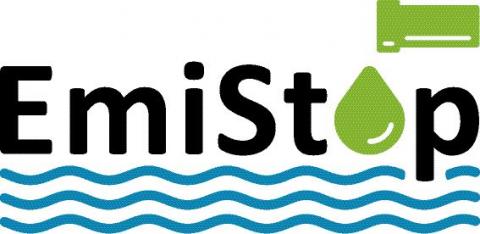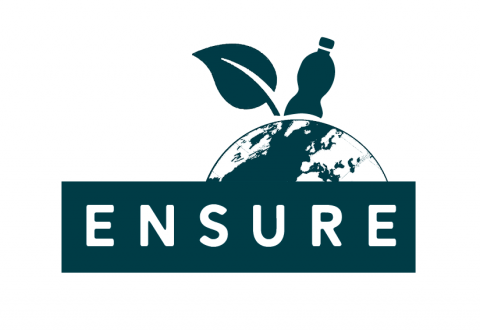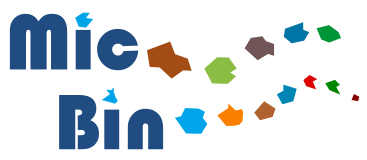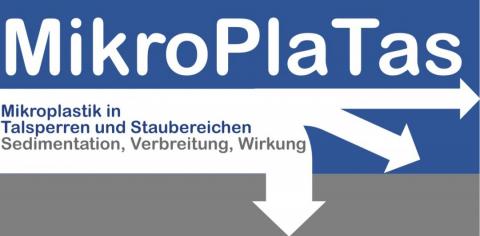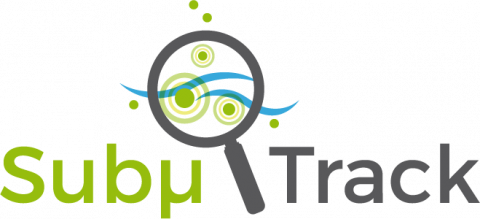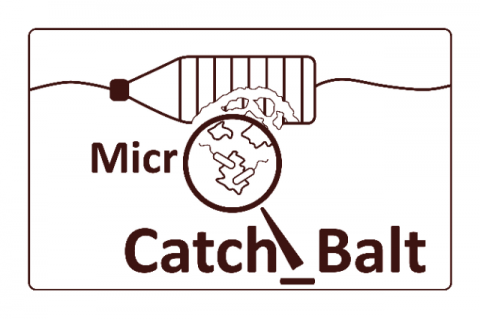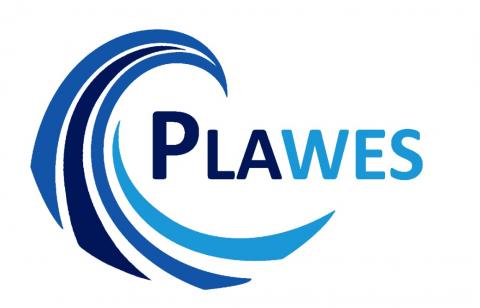Overview
Green Economy
Green Economy
Green Economy
Consumption
Consumption
Consumption
Consumption
Consumption
Recycling
Recycling
Recycling
Recycling
Recycling
Freshwater ecosystems (limnic/standing water systems)
Freshwater ecosystems (limnic/standing water systems)
Freshwater ecosystems (limnic/standing water systems)
Freshwater ecosystems (limnic/standing water systems)
Freshwater ecosystems (limnic/standing water systems)
Freshwater ecosystems (limnic/standing water systems)
Freshwater ecosystems (limnic/standing water systems)
Freshwater ecosystems (limnic/standing water systems)
Freshwater ecosystems (limnic/standing water systems)
Saltwater ecosystems (marine/ocean systems)
Saltwater ecosystems (marine/ocean systems)
Saltwater ecosystems (marine/ocean systems)

